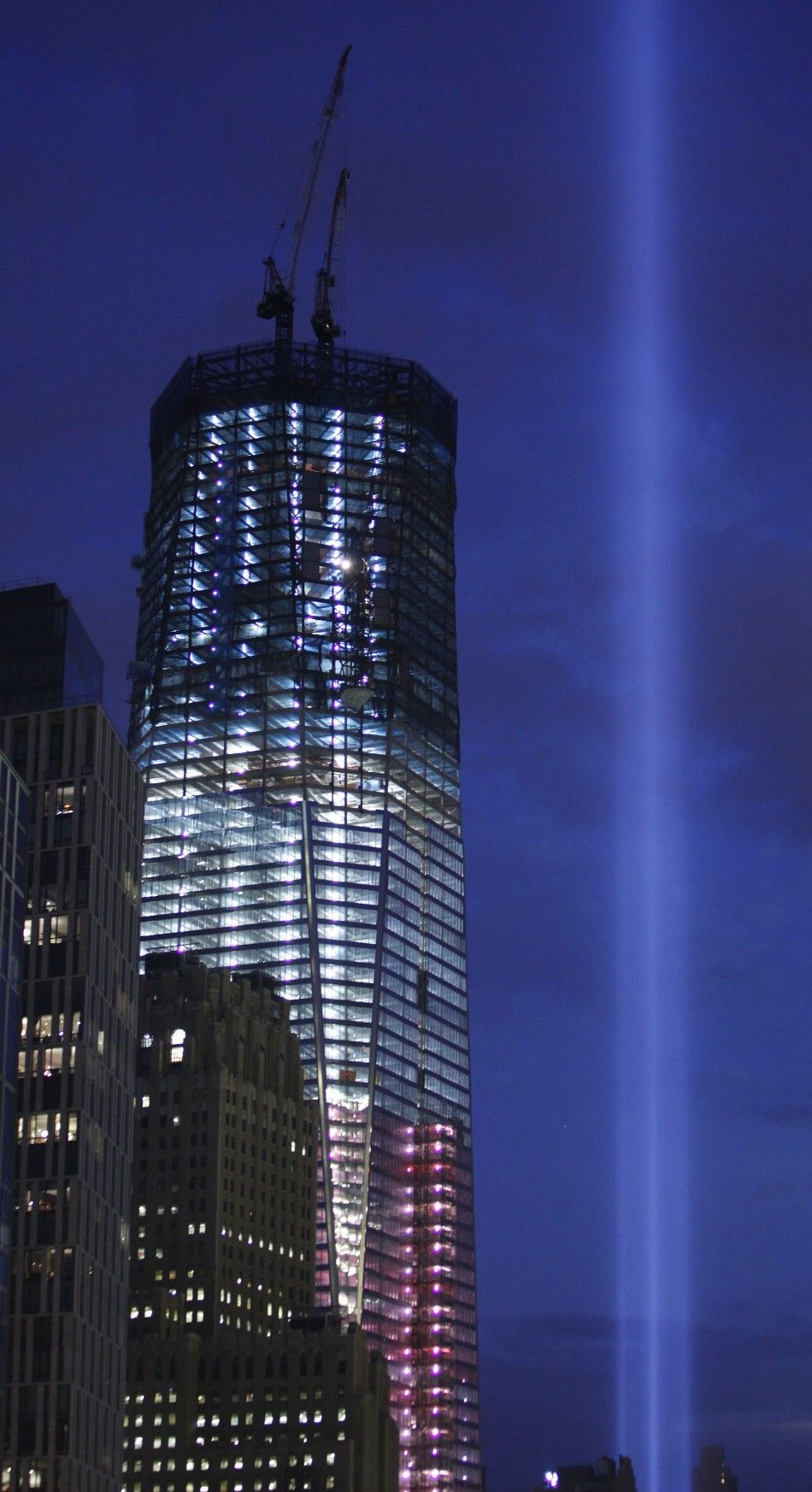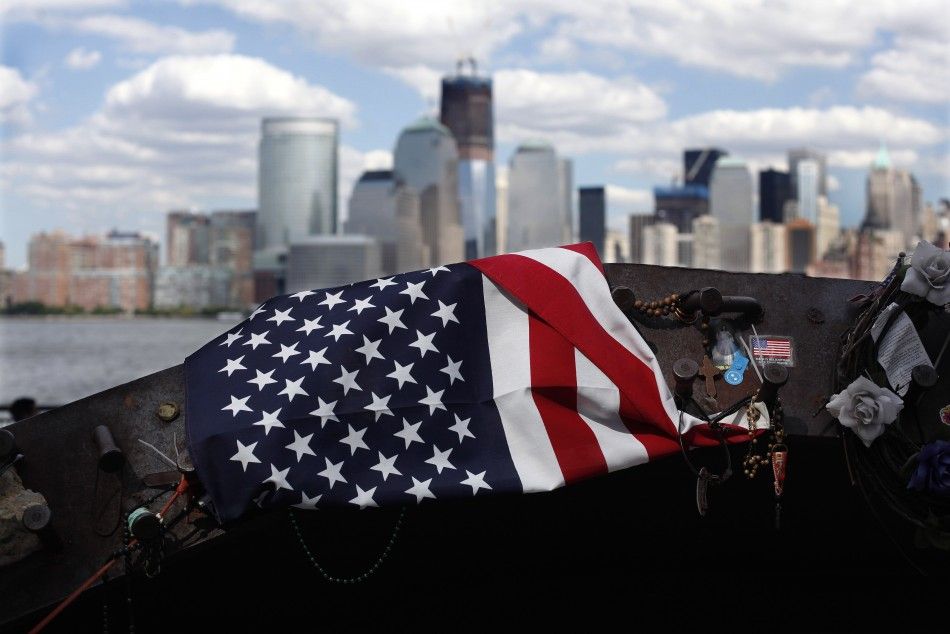Freedom Tower - Rising, Along With U.S., New York
Those who made the journey to Lower Manhattan in New York City Sunday to commemorate the 10th anniversary of the terrorist attack on the World Trade Center (WTC) no doubt saw something that gave them cause for hope, as the nation continues its long, slow process of healing and restoration: New York's skyline is starting to become whole again.
The Lower Manhattan skyline, which is comprised primarily of financial district skyscrapers, was, of course, anchored by the twin towers of the World Trade Center, which were destroyed when al-Qaeda terrorists used commercial airliners as missiles to murder nearly 3,000 people in New York, Washington, and Pennsylvania.
For many New Yorkers, the absence of the towers -- and the devastation at the World Trade Center site -- served as a visual/real estate reminder of a nation and city wounded. Moreover, the void created by the towers' absence served as a geographic reminder of the human void that occurred with the loss of loved ones and friends.
Further, for the better part of eight years, even though much subterranean transportation and related work took place as part of the WTC site's reconstruction, because above-ground work was not that prominent, it seemed like little progress was being made at the site. In a sense, the lack of visible progress at the site served as kind of metaphor for the halting growth of the U.S. economy.
However, in the past six months the new center's signature building, 1 World Trade Center, commonly known as the Freedom Tower, has risen to impressive heights.
At the time of Sunday's service, at which the National September 11 Memorial was opened, its steel frame was 80 stories high, and on its way to 105 stories, and a very symbolic 1,776 feet in height.
Further, the Freedom Tower's 80-story frame is now visible from a number of vantage points -- providing a psychological boost as a well as physical proof that the nation and city are on the path to recovery.






© Copyright IBTimes 2025. All rights reserved.





















